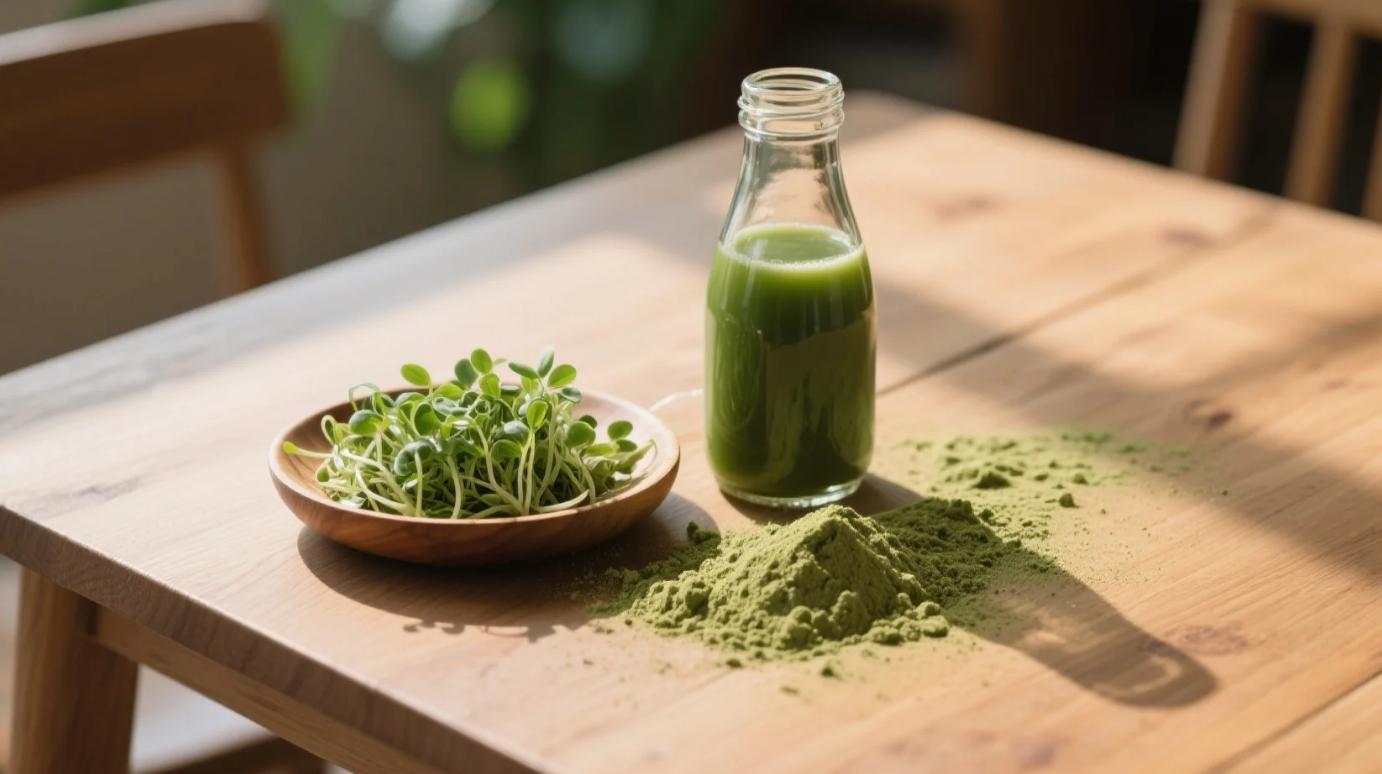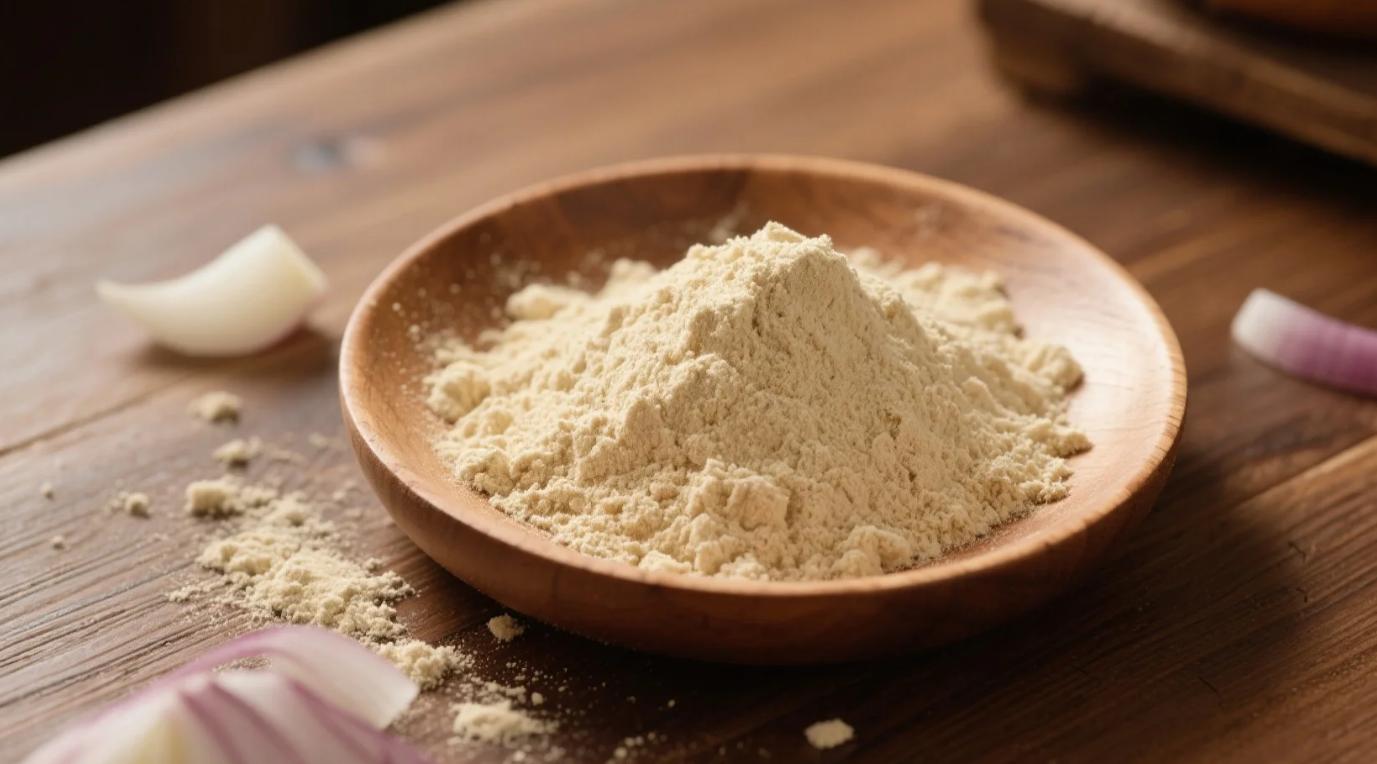Table of Contents
Data show that as of the end of 2018, the global meat market was worth 1.4 trillion US dollars. With the crazy performance of Beyond Meat, an artificial meat company, after landing on Nasdaq, people have gradually turned their attention to the meat substitute market. Various artificial meat products have emerged in an endless stream, which has also attracted traditional food companies to join it. Nielsen, a global monitoring and data analysis company, predicts that the world meat substitute market is expected to grow to US$6.4 billion by 2023.
Due to the abundant global production capacity, soy protein has long occupied the top spot in the vegetable protein market. Nowadays, the demand for pea protein is growing rapidly, and it has become an important choice for artificial meat in European and American markets.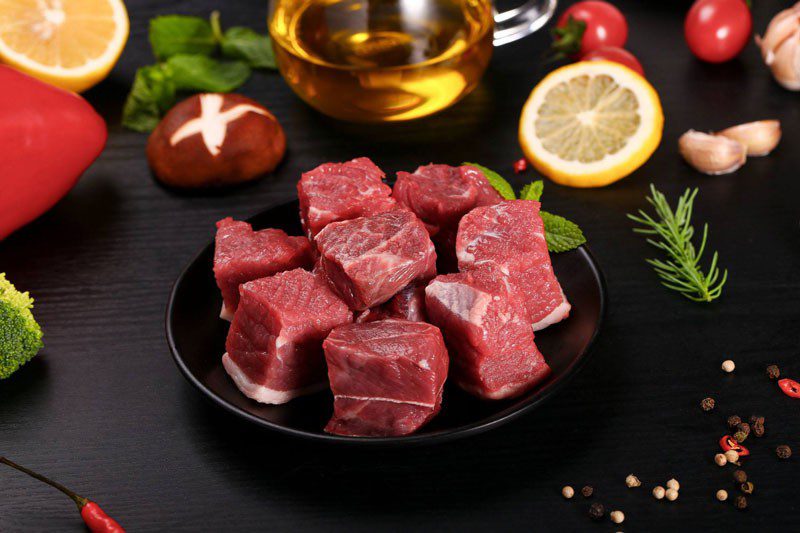
Artificial meat boom boosts demand for pea protein
There are many factors for the rise of the artificial meat industry: firstly, the contradiction between the increasing global demand for meat products and the existing production capacity; secondly, the awareness of global environmental safety is increasing, and animal husbandry will consume a lot of land, food crops, and water resources. Such as natural resources, and substitutes made of plant protein can effectively reduce the negative impact on the environment. In addition, as people’s health awareness continues to increase, consumers are seeking healthier sources of protein, and artificial meat is one of the good options.
The listing of Beyond Meat is driving enthusiasm for meat substitutes in European and American markets. Companies including American meat giant Tyson Foods and Swiss Nestlé have stepped up research and development of related products, and pea protein is replacing soy protein as raw materials for new-style burgers, bacon, tuna, and other plant-based products.
There are many reasons why soy protein has fallen out of favor. Genetically modified soybeans are grown in large numbers in the United States, and consumers have no such concerns about peas. In addition, the estrogen rich in soybeans also worries many consumers, which may have adverse health effects. Tyler Lorenzen, President of Puris, the largest producer of pea products in the United States, said: “Consumers have always wanted to have’clean label’ protein, that is, non-GMO or organic food. This allows us to see exponential consumer demand in the future. The possibility of growth.” According to data from the consulting agency Global Market Insights, the global pea protein market is expected to grow at an annual rate of 13.5% by 2023.
It is worth mentioning that the raw material of plant meat products provided by Beyond Meat is pea protein. According to the company’s first financial report since its listing in June, net revenue in the first quarter of this year reached 40.2 million U.S. dollars, exceeding market expectations. It is expected that annual revenue will exceed 210 million U.S. dollars, an increase of more than 400% from the same period last year. At present, the company’s products have been launched on Amazon’s major platforms such as Whole Foods, Alberstons, Kroger and Safeway, and have reached cooperation intentions with fast-food chains such as McDonald’s. The company’s share price performance did not disappoint. As of the close of the market on July 3, Beyond Meat reported $151.50, an increase of over 500% from the $25 IPO price.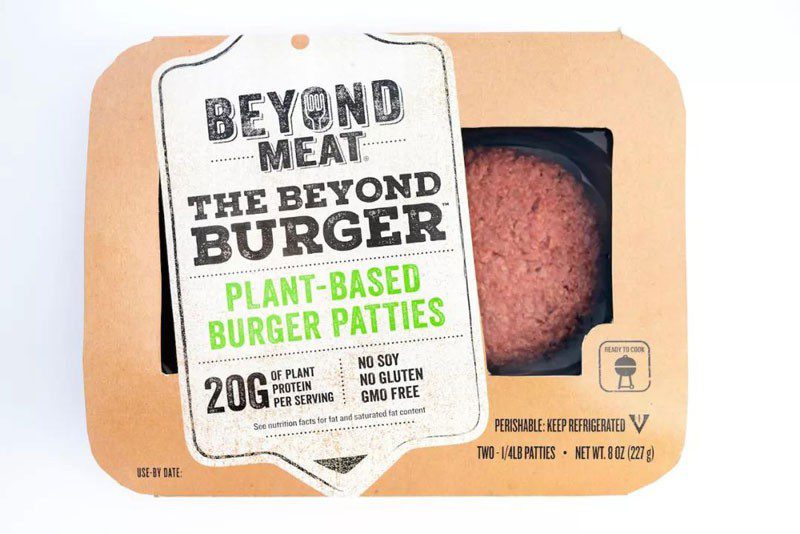
Is peas the first choice for plant protein in the next ten years?
In addition to replacing meat products, pea protein is also widely used in sports nutrition and dietary supplement foods and beverages. Its high lysine content is widely used in the formula of muscle-increasing protein powder. It is also a plant-based protein whose muscle-increasing effect is second only to whey protein. In the formula of gluten-free products, pea protein has the best taste among all the alternative proteins and is the most promising alternative protein for allergen populations in the market. Canadian LeftField Commodity Research analyst Chuck Penner predicted in a research report that pea protein may be in short supply in the next few years due to rising market demand.
The famous food company technical consultant Henk Hoogenkamp pointed out that since 2015, the global consumption of pea protein has almost doubled to 275,000 tons. The consumption scale is expected to increase by 30% in 2020 and by 2025 Will increase to 580,000 tons. At present, the market price of pea protein has risen to US$4,200-4,600/ton, and the quotation of larger soybean protein of US$3,500/ton is nearly 20% higher.
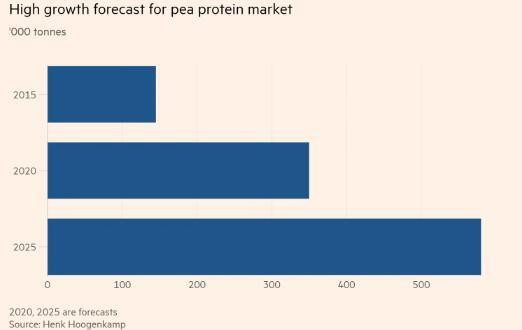
Taking into account the strong demand expectations in the future, suppliers’ reluctance to sell makes it difficult for buyers to obtain long-term supply agreements in the market. For those companies that want to lock in the prices of raw materials in the next two years, suppliers are unwilling to provide sources at relatively low fixed prices, but tend to set prices based on market prices.
